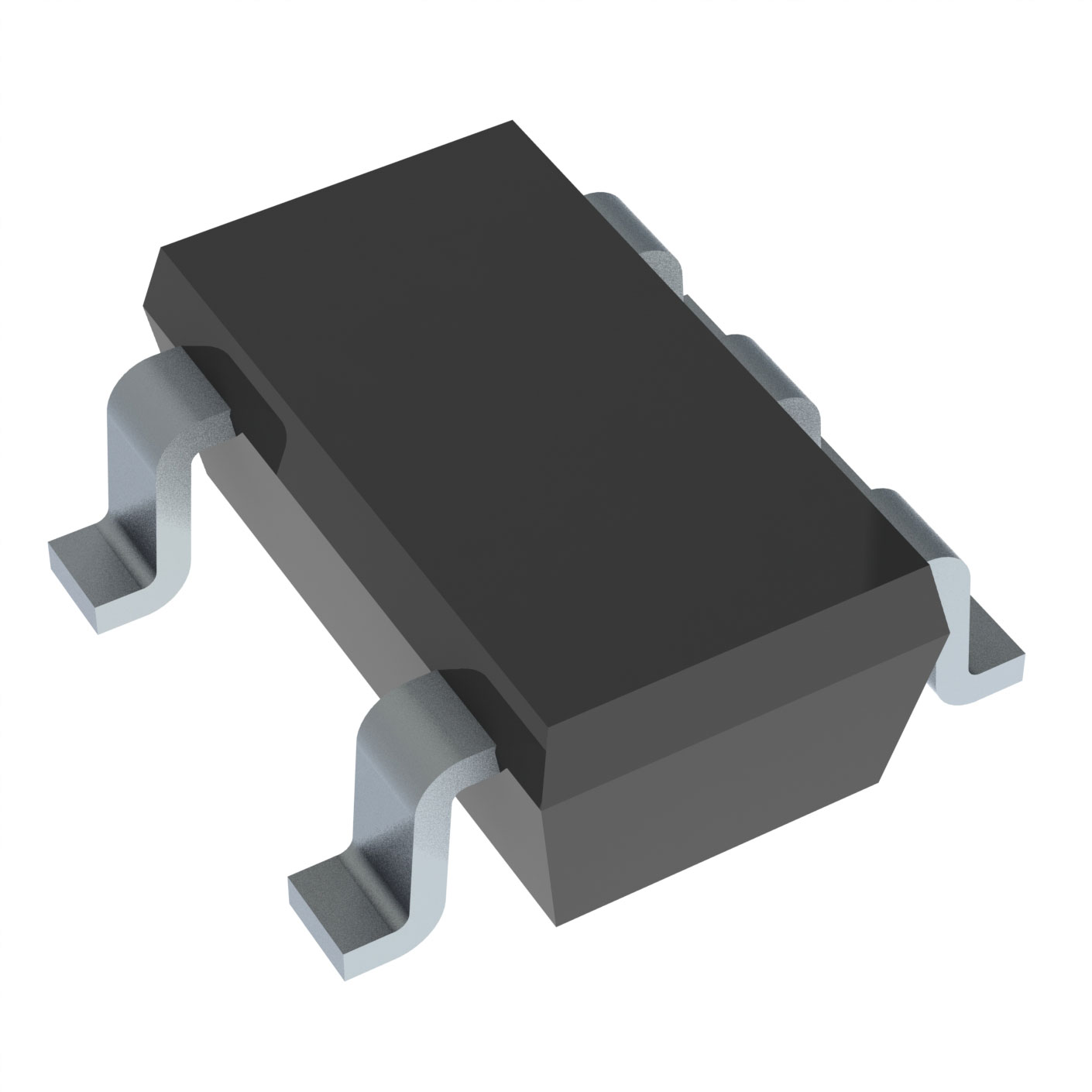

Texas Instruments
LP2981-29DBVR
Linear & Switching Voltage Regulators




.png?x-oss-process=image/format,webp/resize,p_30)


LP2981-29DBVR Description
LP2981-29DBVR Description
The LP2981-29DBVR from Texas Instruments is a fixed 2.9V, 100mA low-dropout (LDO) linear voltage regulator in a compact SOT23-5 package. Designed for precision voltage regulation, it operates with an input voltage range up to 16V and delivers a stable output with a low dropout voltage of 0.37V at 100mA. Despite being marked as obsolete, it remains a reliable choice for legacy designs due to its robust performance, low quiescent current (95 µA), and high PSRR (63dB at 1kHz), ensuring minimal noise in sensitive applications.
LP2981-29DBVR Features
- Fixed 2.9V Output: Ideal for low-voltage applications requiring precise regulation.
- Low Dropout (0.37V @ 100mA): Efficiently maintains regulation even with small input-output differentials.
- Ultra-Low Quiescent Current (95 µA): Reduces power consumption in battery-operated devices.
- High PSRR (63dB @ 1kHz): Excellent noise rejection for RF and analog circuits.
- Enable Control: Allows power management via an external logic signal.
- Protection Features: Includes over-current, over-temperature, and short-circuit protection for enhanced reliability.
- Compact SOT23-5 Package: Suitable for space-constrained PCB designs.
- RoHS3 Compliant & REACH Unaffected: Meets environmental and regulatory standards.
LP2981-29DBVR Applications
This LDO is particularly suited for:
- Portable/Battery-Powered Devices: Such as IoT sensors, wearables, and medical devices, where low Iq extends battery life.
- Noise-Sensitive Analog Circuits: Including audio amplifiers, ADCs, and RF modules, benefiting from high PSRR.
- Embedded Systems: Providing stable voltage to microcontrollers, FPGAs, and memory ICs in industrial and consumer electronics.
- Legacy Designs: Where 2.9V rail is critical, and alternative modern LDOs may not match the exact specifications.
Conclusion of LP2981-29DBVR
The LP2981-29DBVR excels in delivering low-noise, efficient voltage regulation for precision applications, despite its obsolete status. Its low dropout, ultra-low Iq, and robust protection features make it a strong candidate for battery-powered and noise-sensitive systems. Engineers working on legacy or specialized designs will find it a dependable solution, though newer alternatives should be evaluated for long-term availability.
Tech Specifications
LP2981-29DBVR Documents
Download datasheets and manufacturer documentation for LP2981-29DBVR
 Additional Assembly sites 21/Sep/2021
Additional Assembly sites 21/Sep/2021  LP2981A-29DBVT
LP2981A-29DBVT  Mult Dev obs 13/Oct/2022
Mult Dev obs 13/Oct/2022  SOT23, VSSOP Cu Wire 28/Jun/2013 Copper Wire Revision C 24/Sep/2014
SOT23, VSSOP Cu Wire 28/Jun/2013 Copper Wire Revision C 24/Sep/2014 Shopping Guide
























.png?x-oss-process=image/format,webp/resize,h_32)










